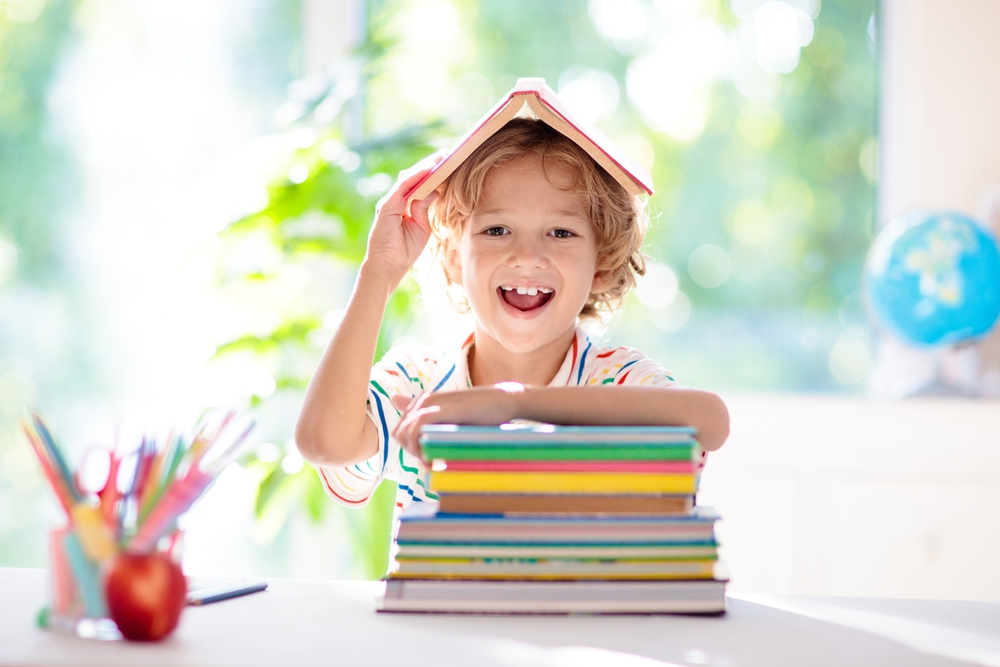Children’s writing, unlike writing for teenagers and adults is delicate and requires more attention given to details because whatever they learn at the stage when their minds are like a clean slate sticks with them for almost their lifetime. As such, there are lots of things that need to be considered when writing for them.
In this blog, we discuss some of the things that should be put into consideration while writing for children.
- Their specific needs:
Childhood is broken into two basic age grades. Early childhood starts from 0-5 years and middle childhood starts from 6-12. This means that their needs at different stages differ which is why you need to research and know what would capture their attention and make them read what you have written.
Since children in the two stages above do not yet have a mind of their own, it is paramount to write what will get their attention and make them read.
- Keep it entertaining:
Children will read the words attached to any Marvel studio look-alike character rather than some other character that doesn’t intrigue them or do things that excite them. At their early stage, they are more attracted to fun characters than a military or any paramilitary character look like because they prioritize fun over life lessons.
So, use more fun lookalike characters to get their attention and pass your message at the early stage and still apply a little fun even for those in the middle childhood stage.
- Keep it simple:
Bulky is not advisable for children except if it is a playbook or a cartoon comic book that can keep them glued until the last, they get to the last page.
Aside from that, always use plain words, keep everything simple, short and concise because they are not adults.
- Make it Interactive:
Children love the feeling of being able to interact with stories and sometimes they imagine themselves in the stories. Always try to Include elements that encourage participation, such as questions, activities, or interactive illustrations.
- Include Educational Contents:
Even though the primary goal is to entertain, children’s books can also be a great way to teach them new concepts and values without necessarily forcing them on them.
Conclusion
The brain of children in both their early stage, middle childhood stages is what is called tabula rasa (clean slate) and as such, fun can be applied as the entry point to teach them values through books.

